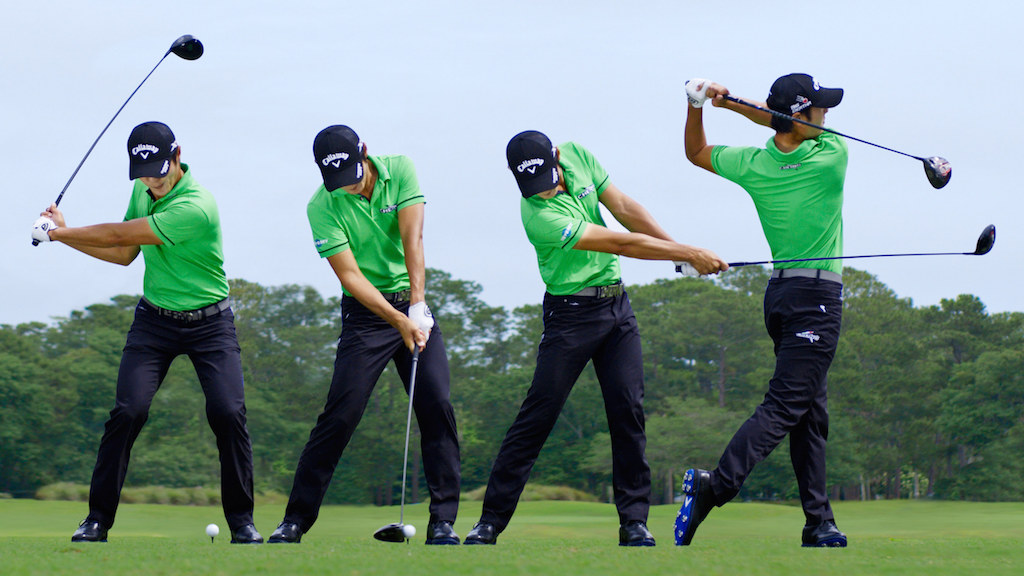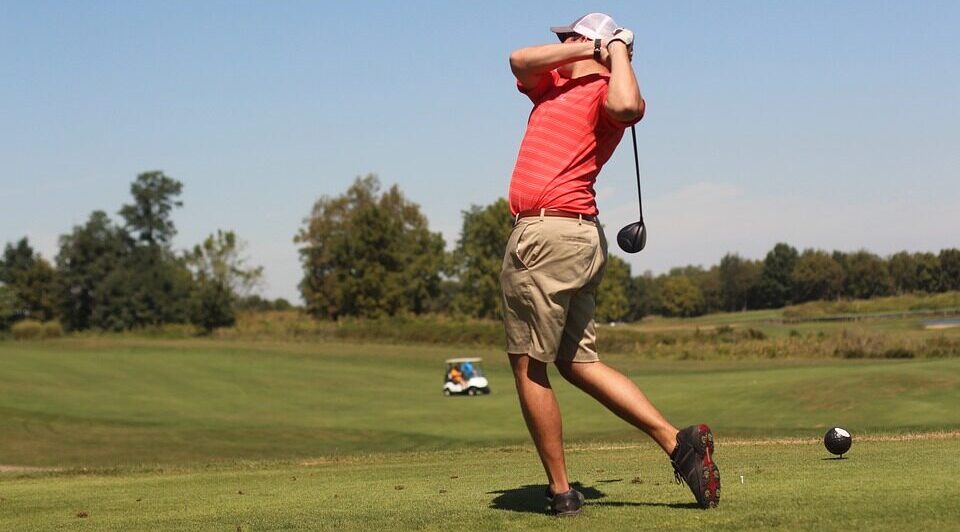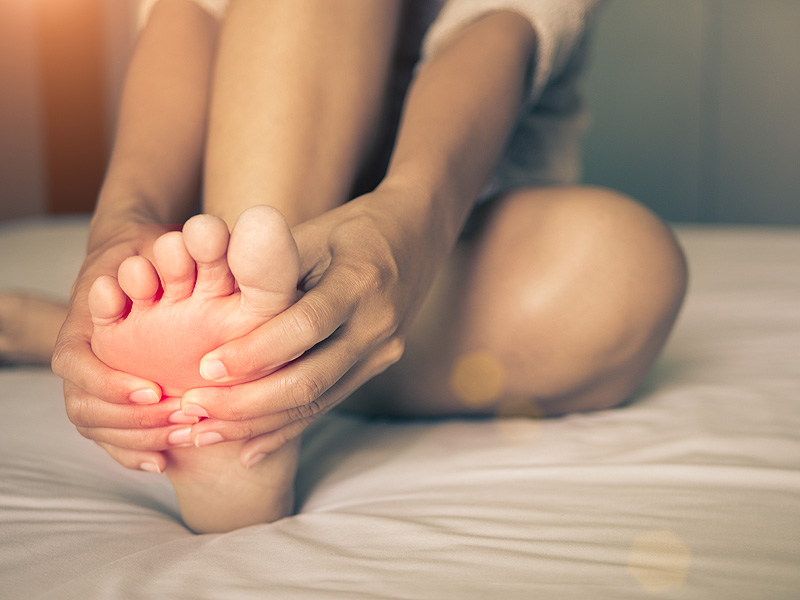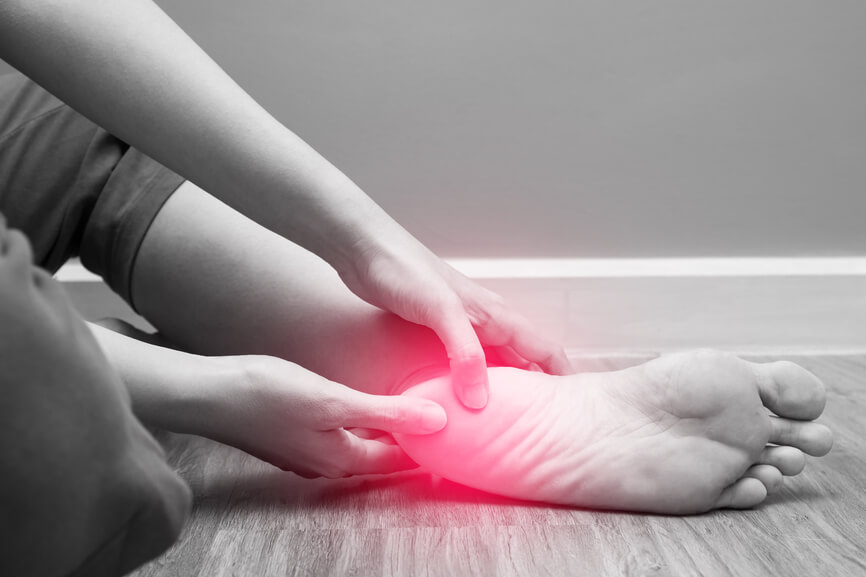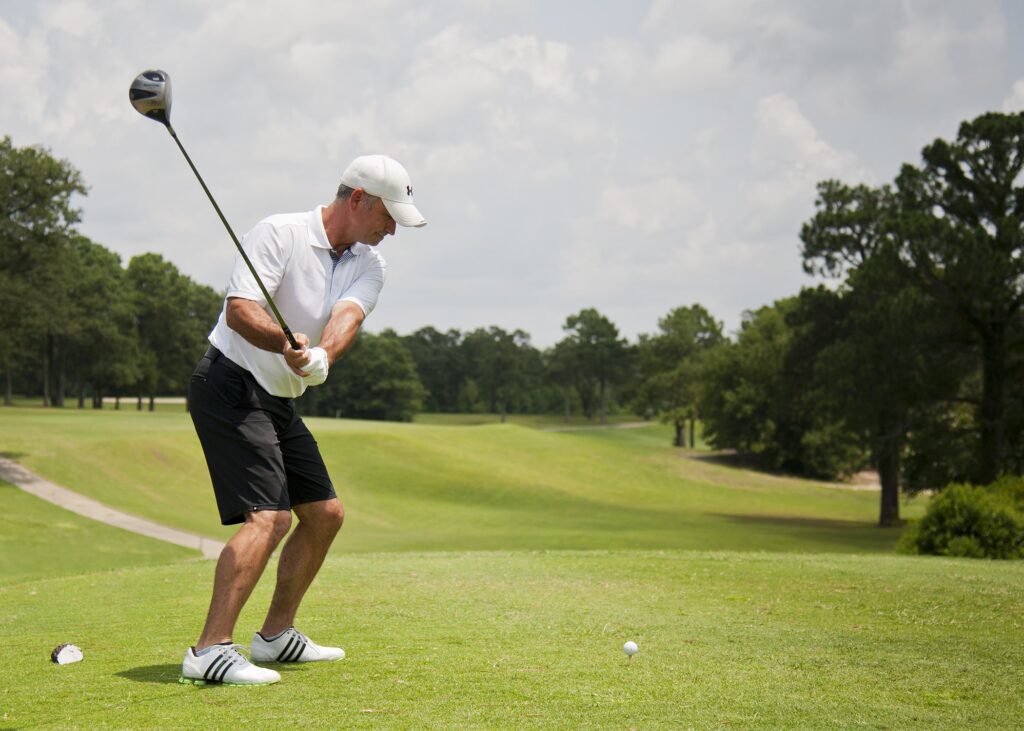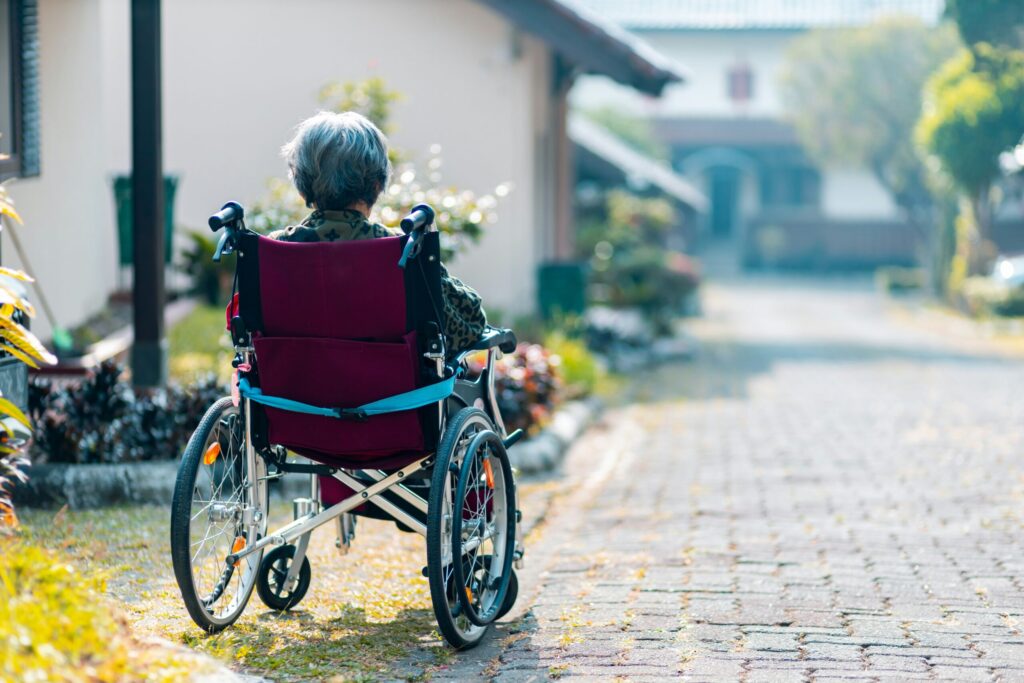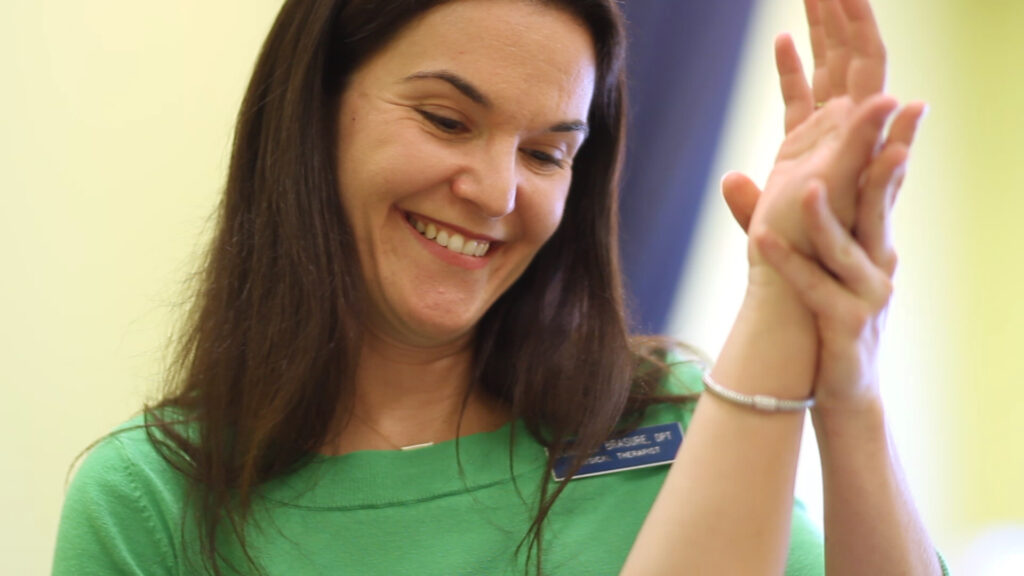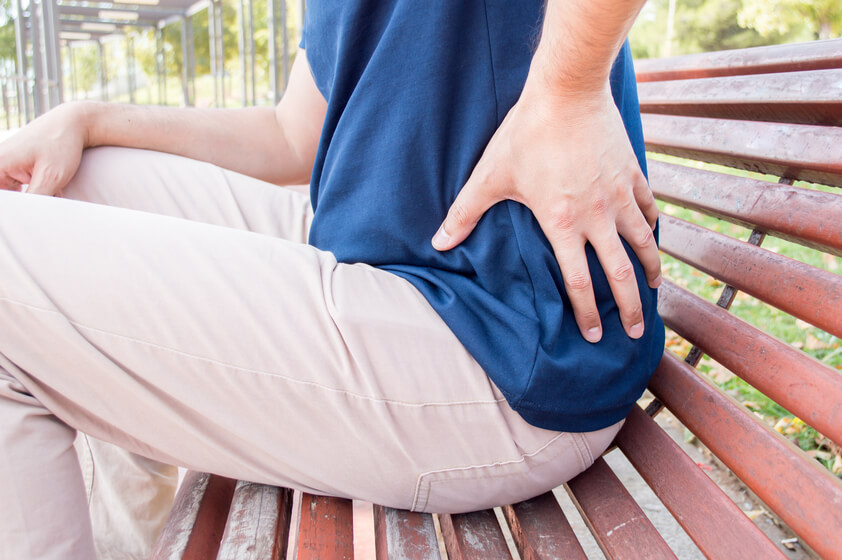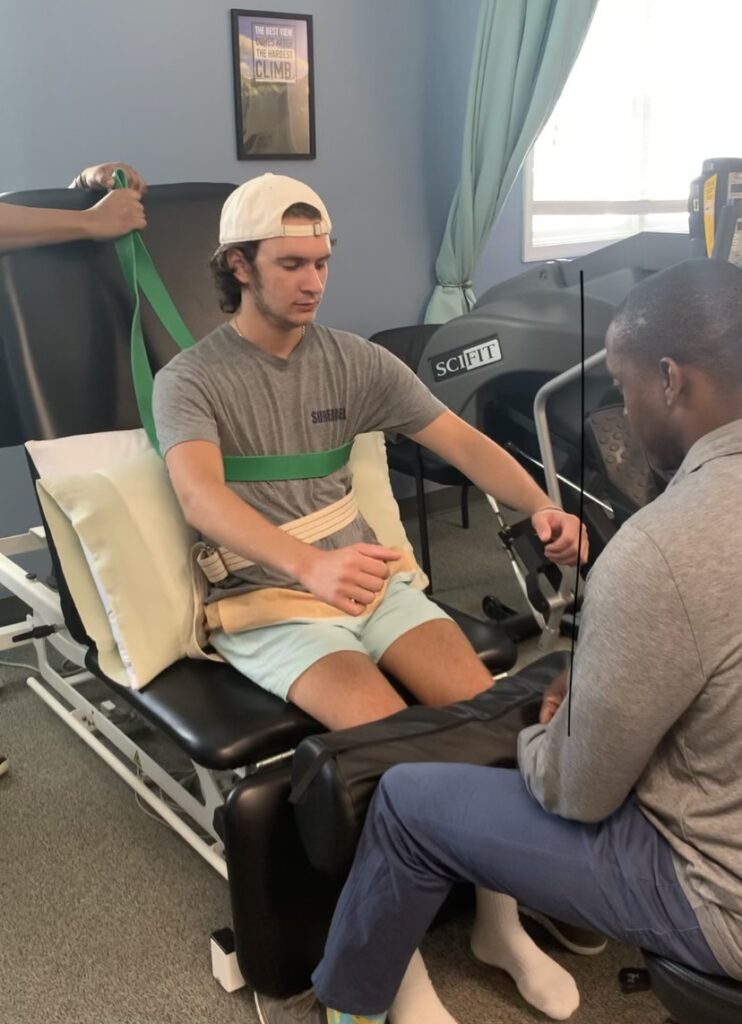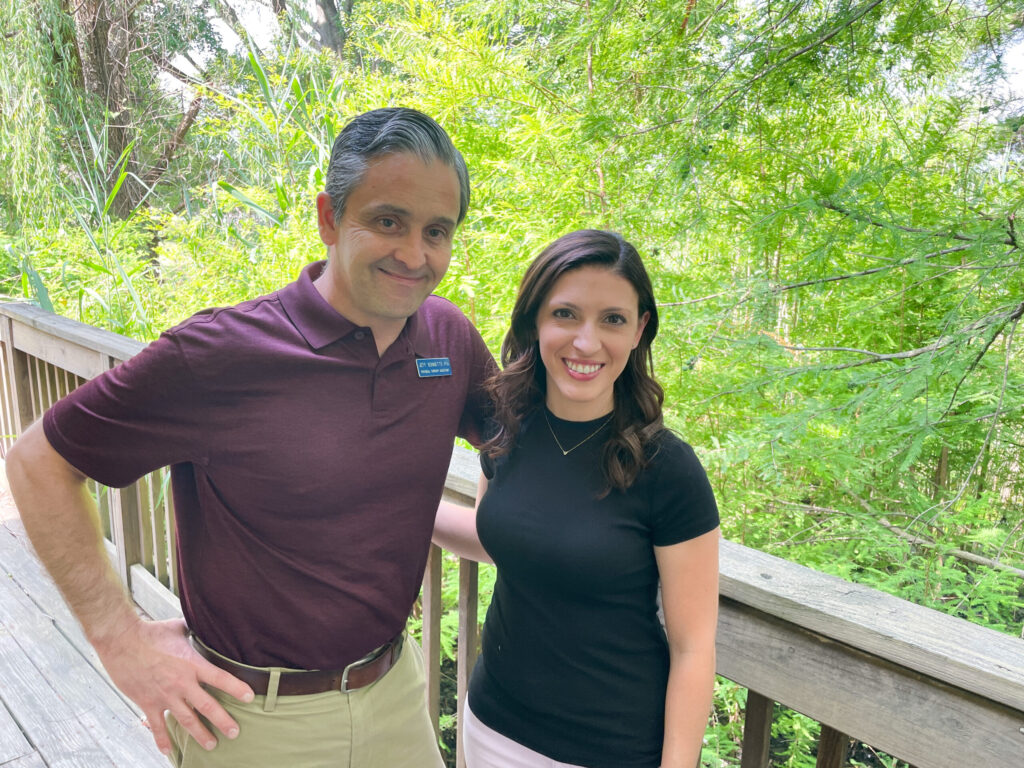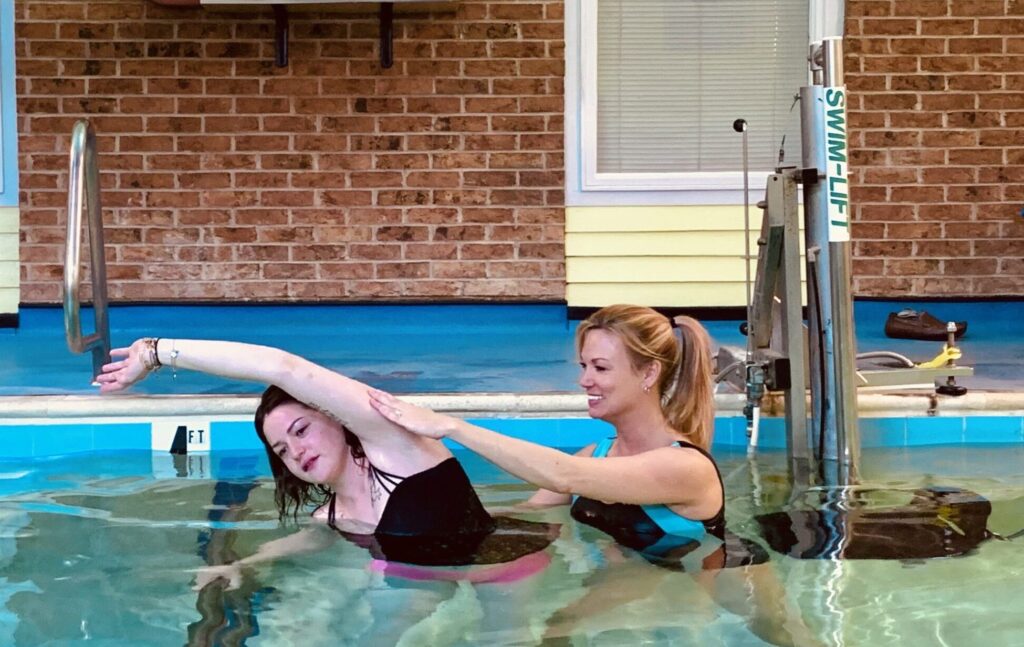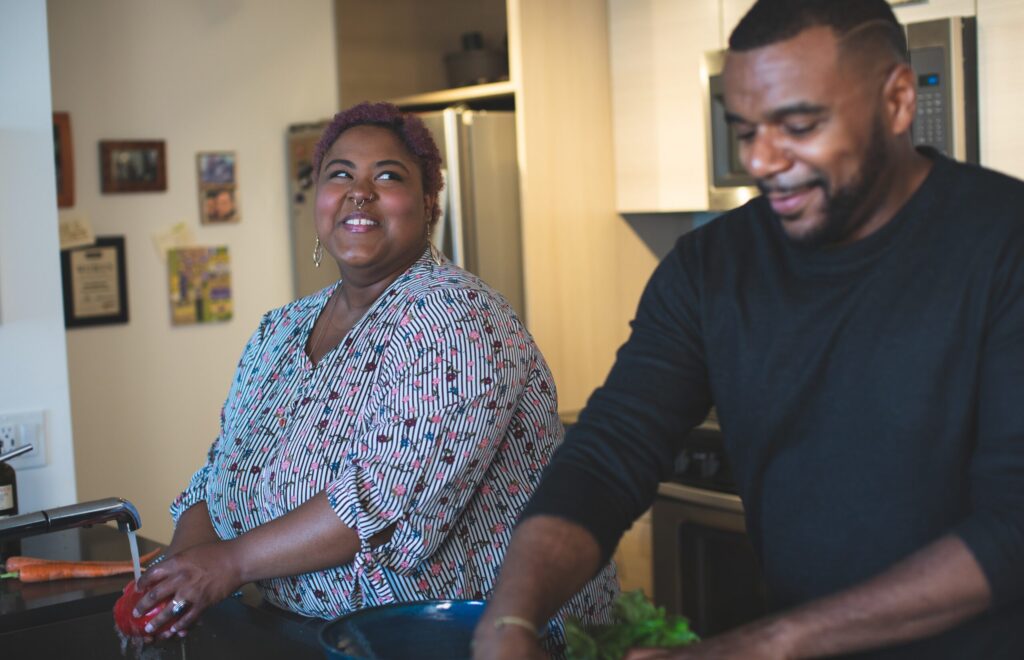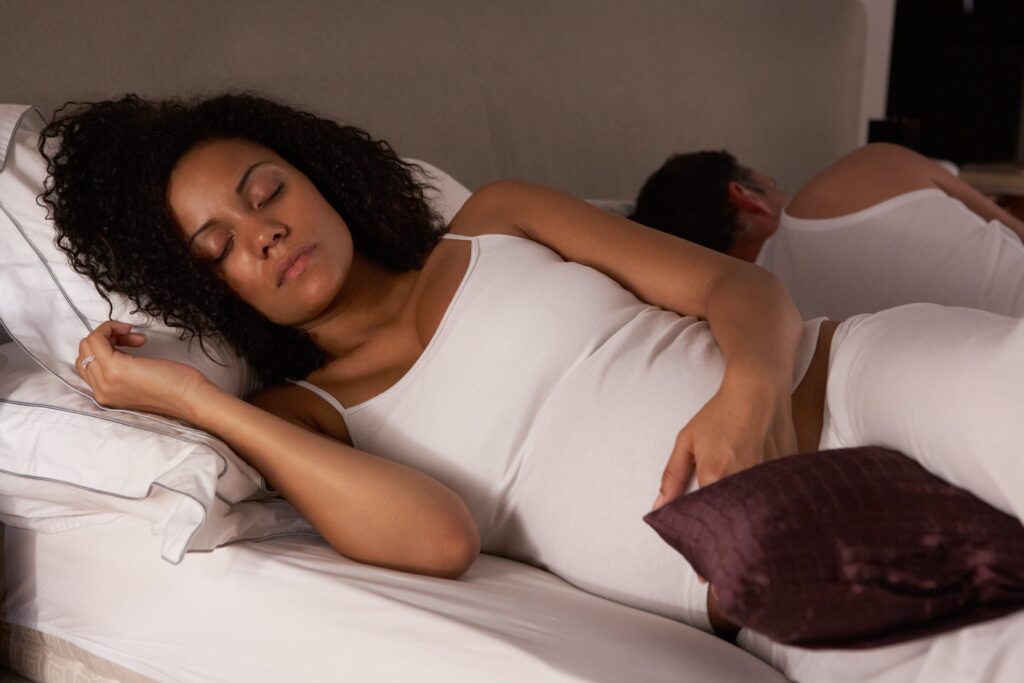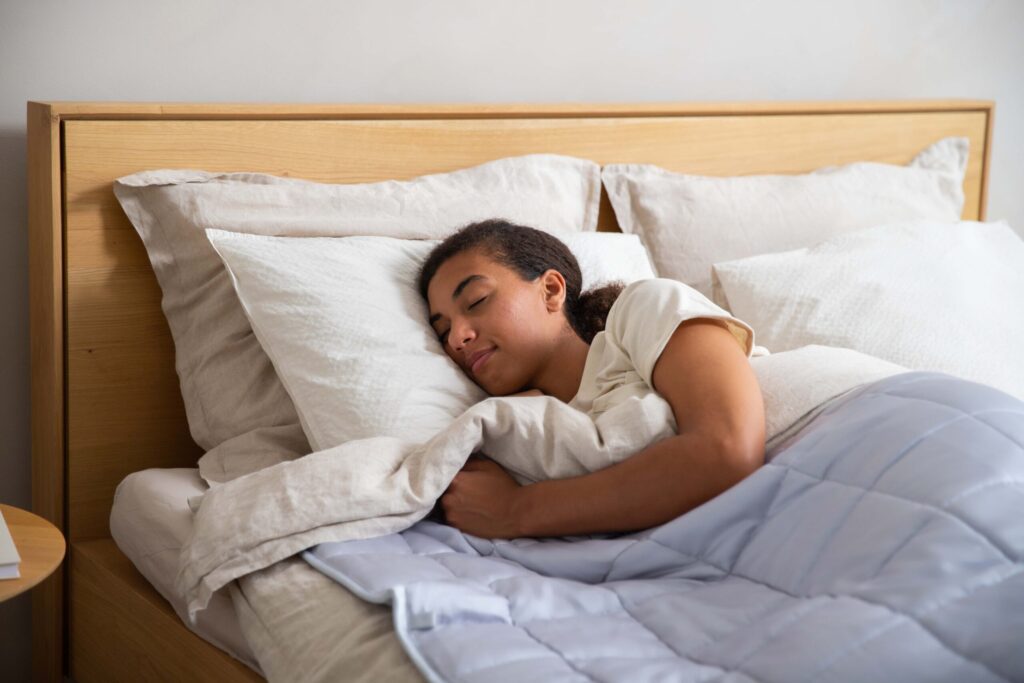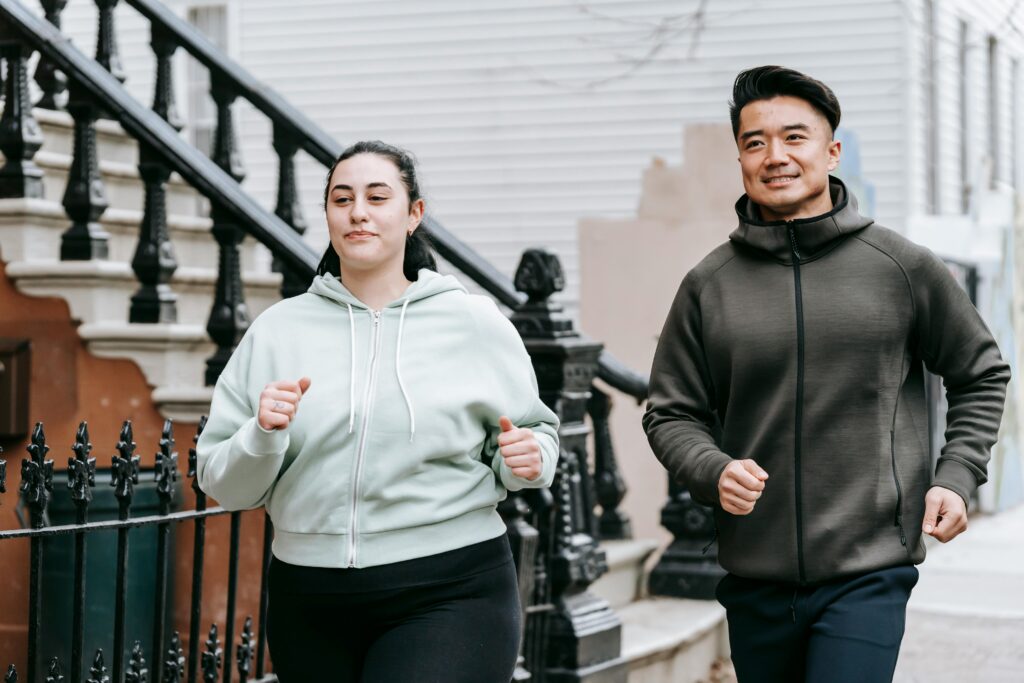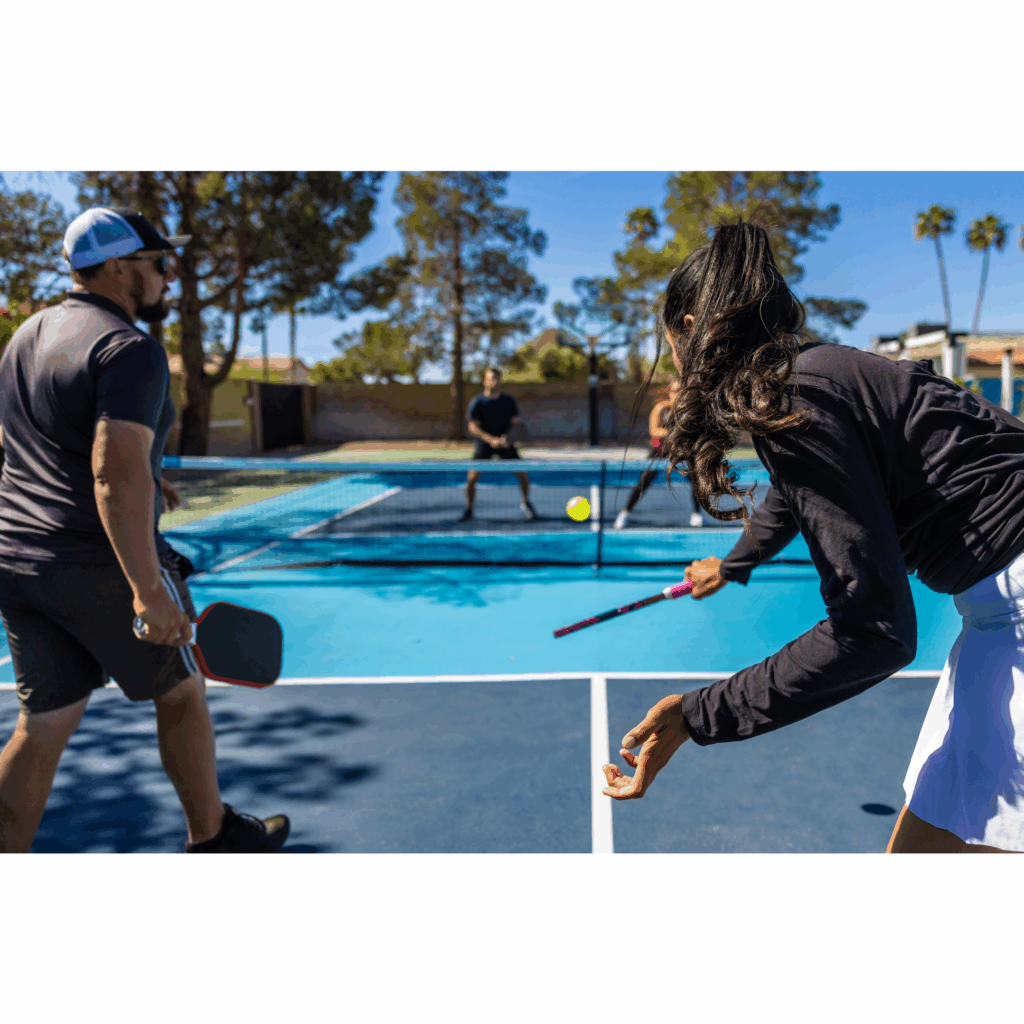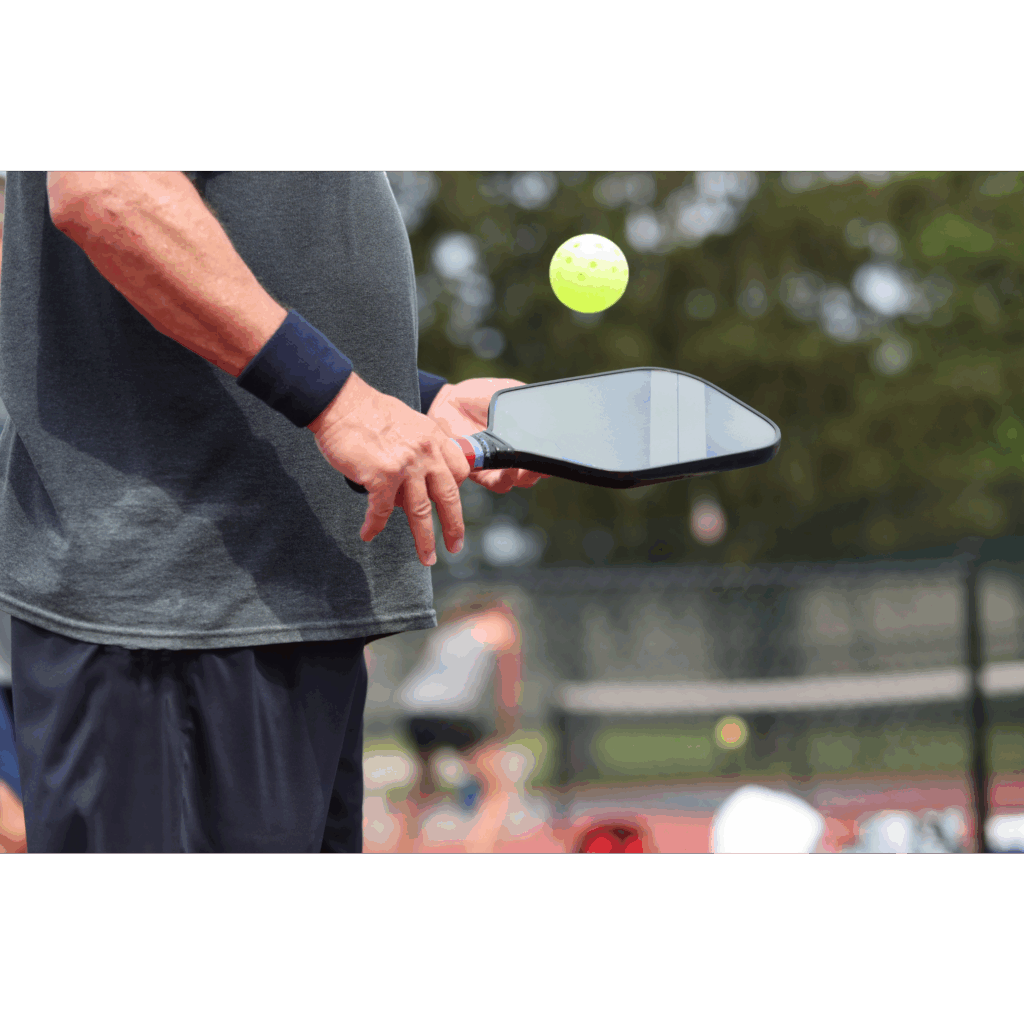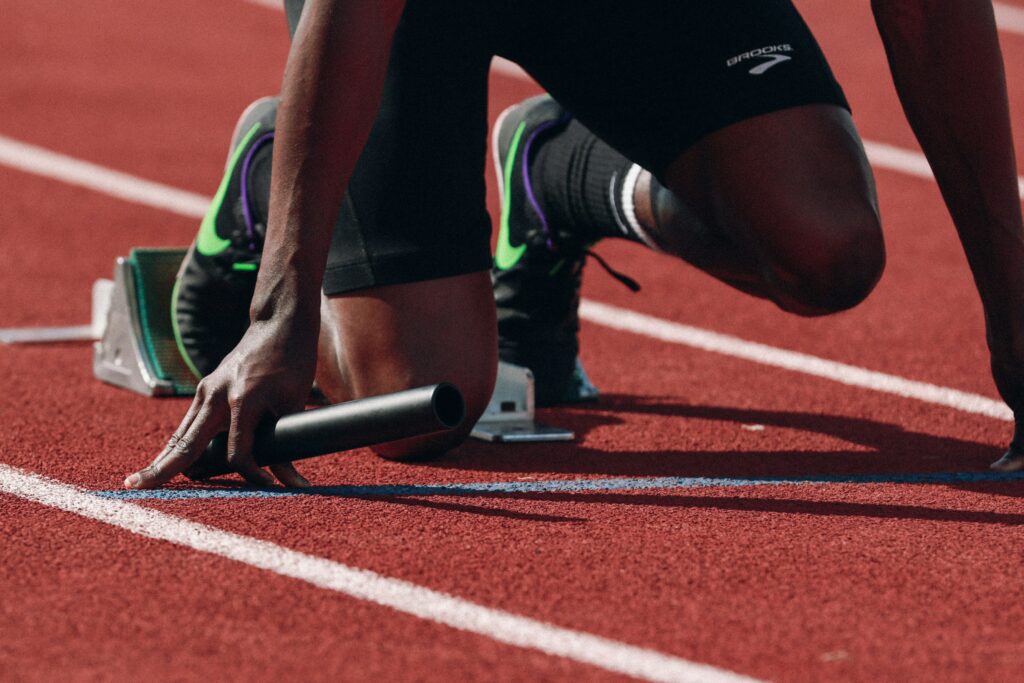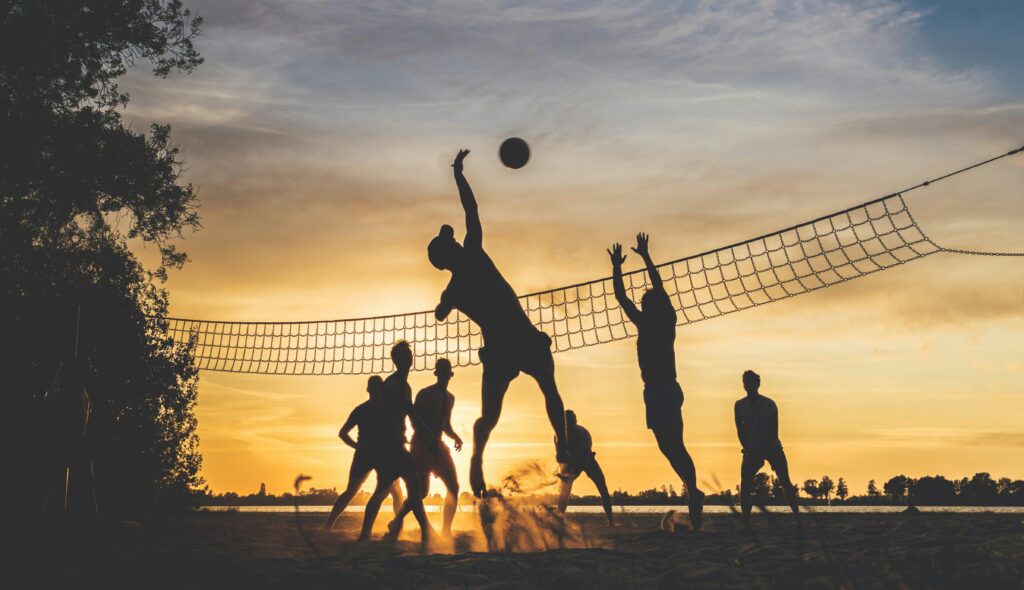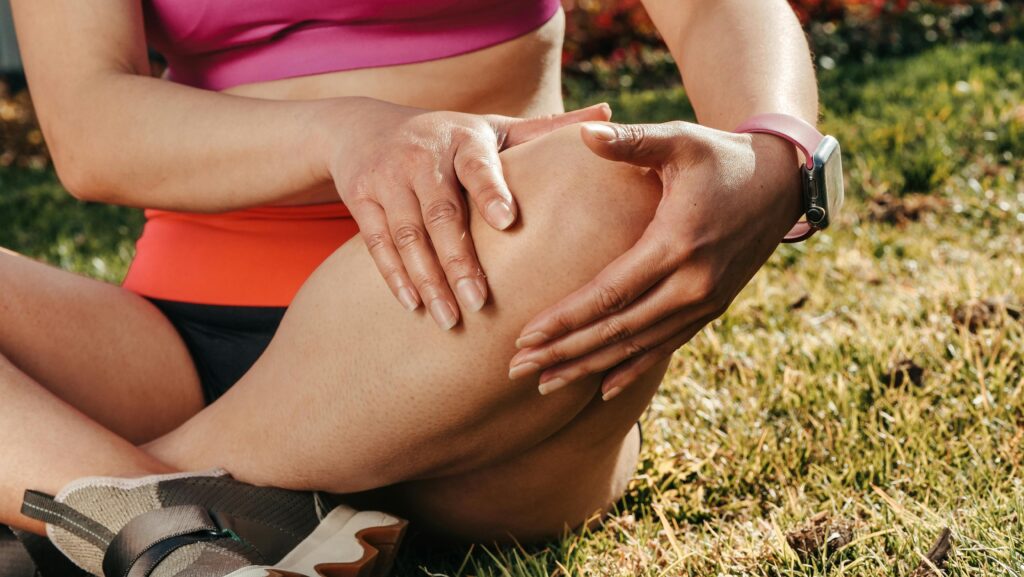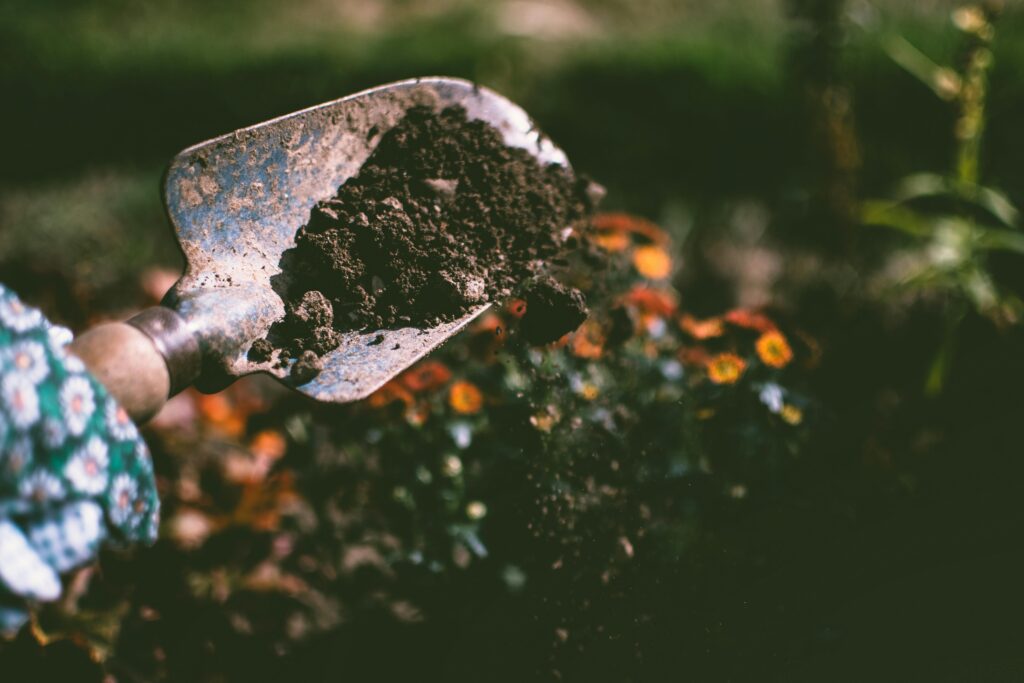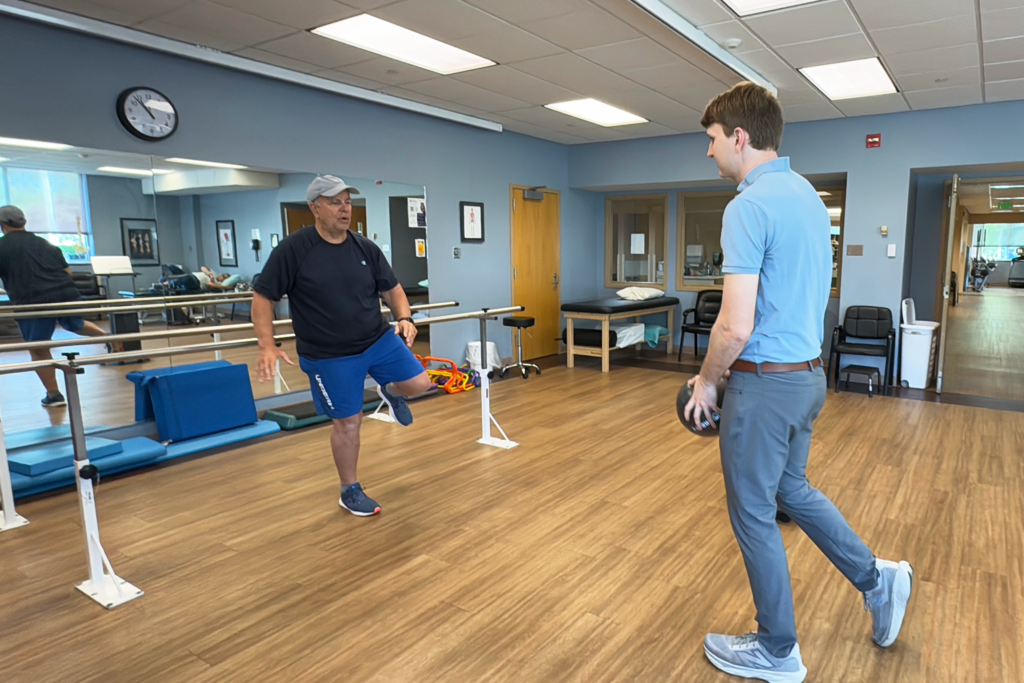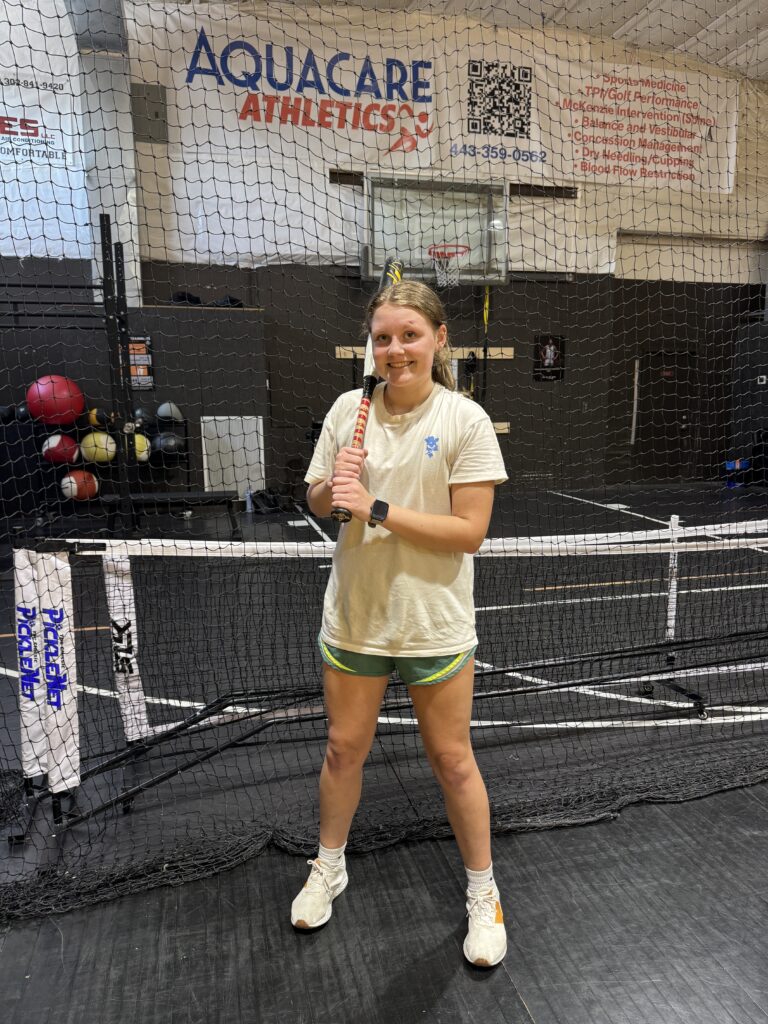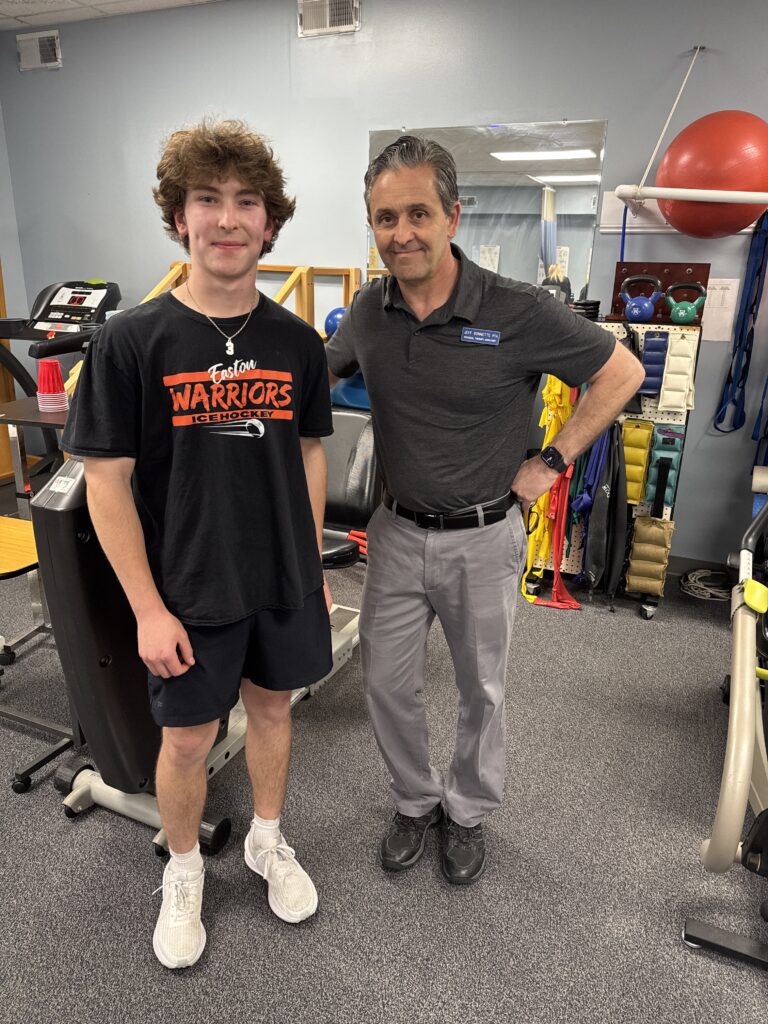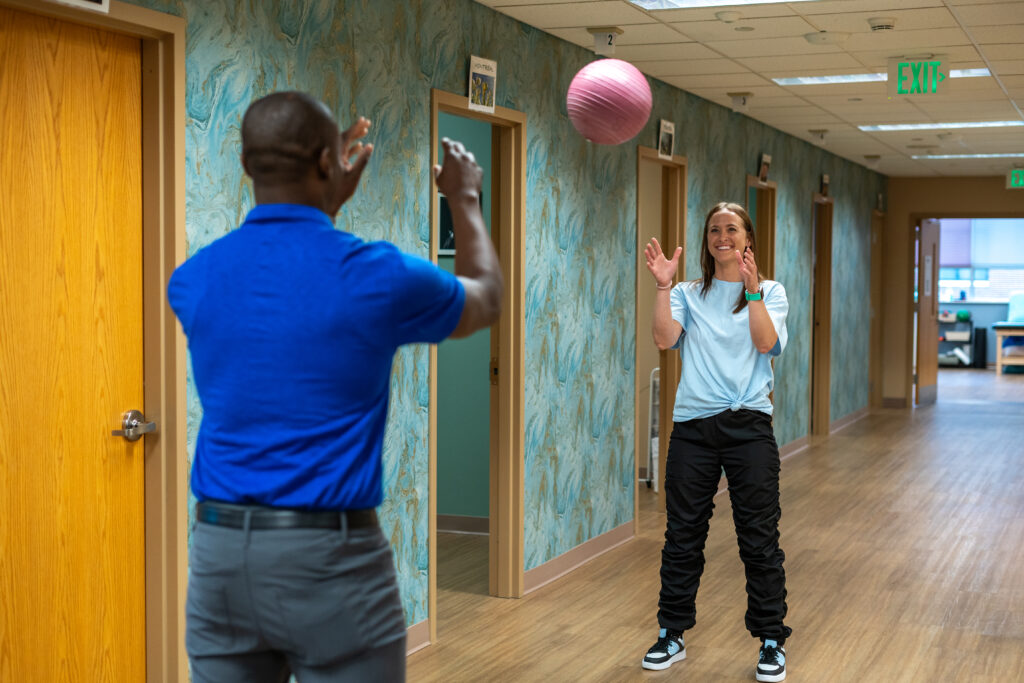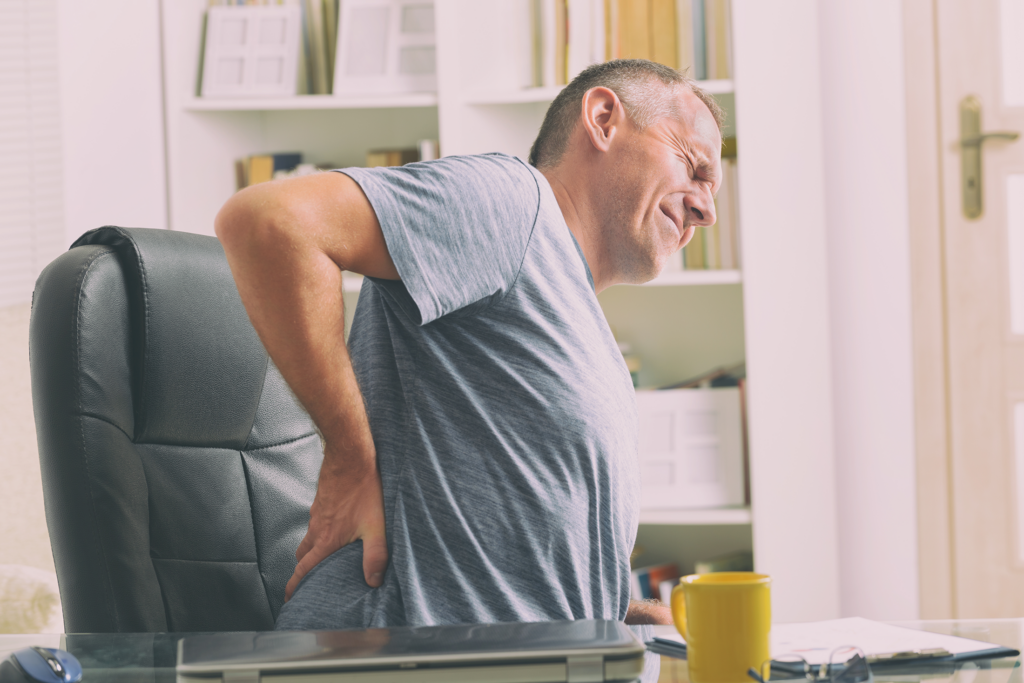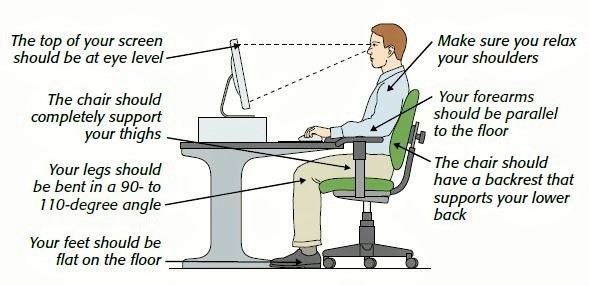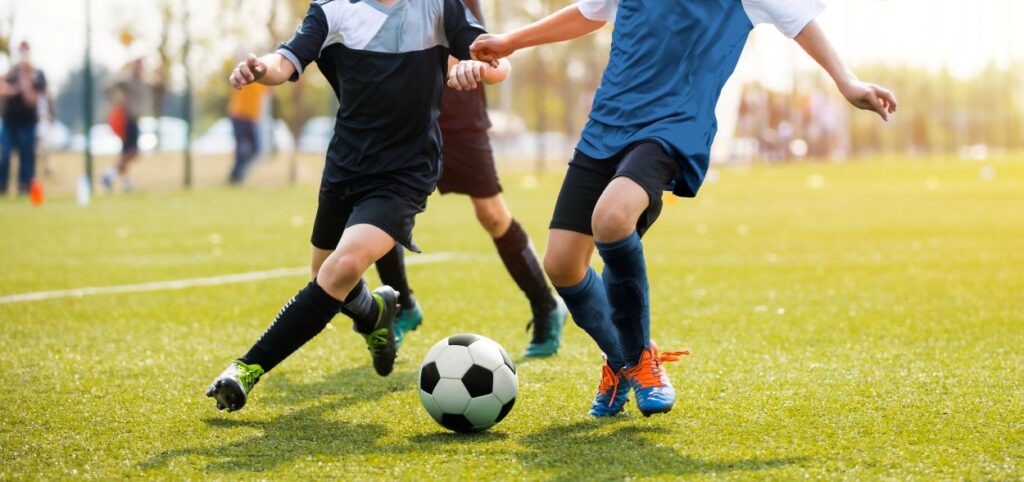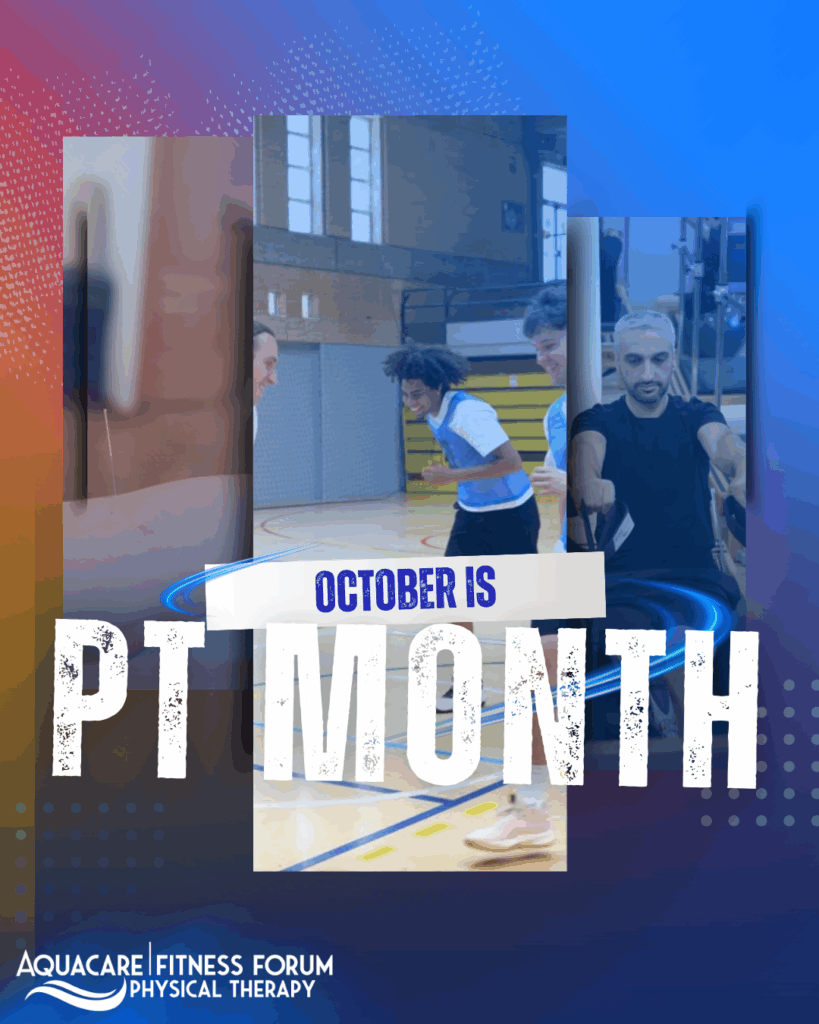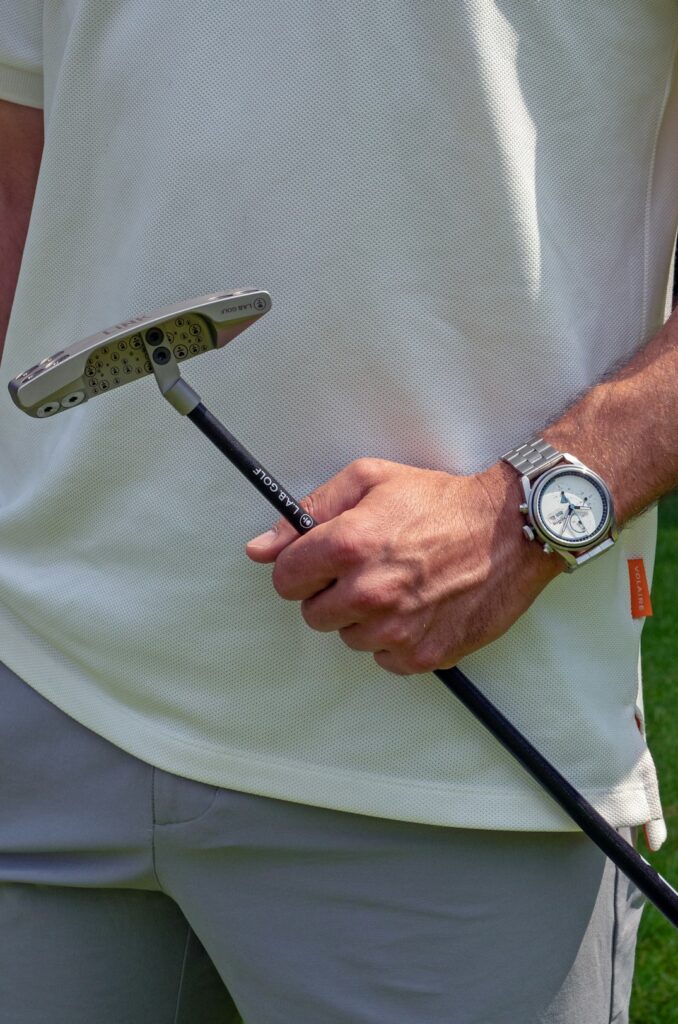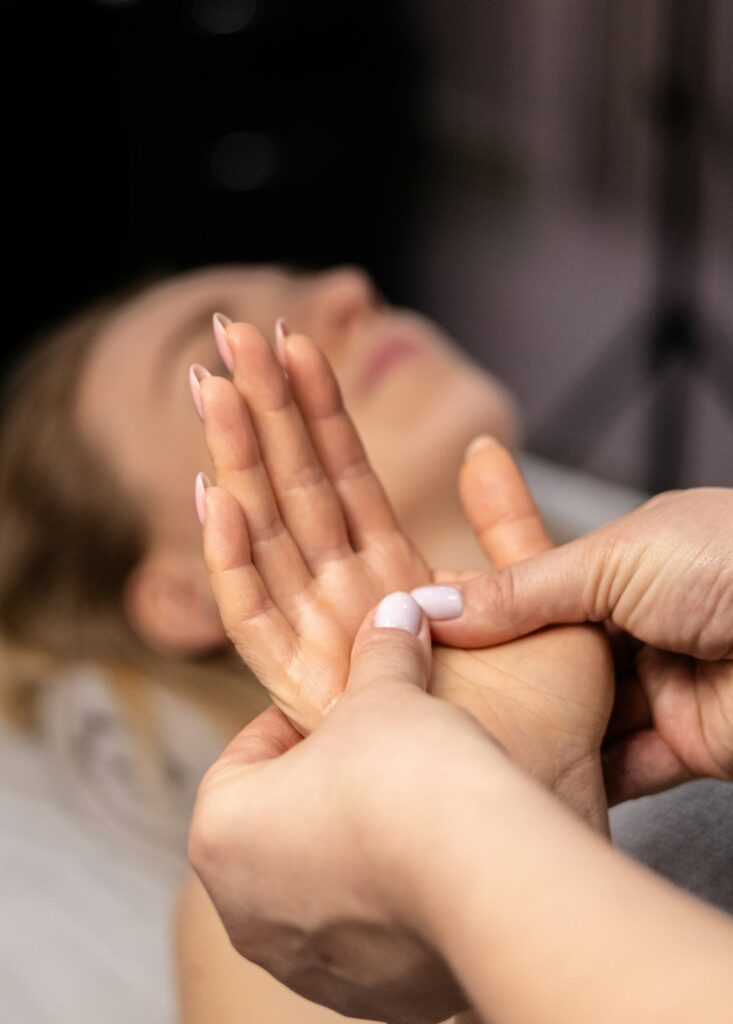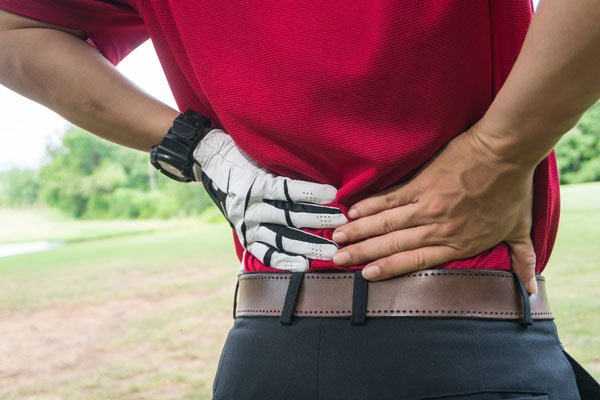
Golf-Related Low Back Pain

Low back pain is extremely common in all parts of society and the golf world is not excluded. It has been reported that low back injury is the most common golf injury making up 25% of all golf injuries with injury rates varying from 18-54%. “Based on data collected at Titelist Performance Institute from over 31,000 golfers, 28.1% of all players deal with lower back pain after every round.” Regardless of these high injury rates, a study found that the majority of people that experience back pain during golf don’t believe golf was the main cause. Below are reasons why Golf may be a contributing factor to your back pain.
Recent research has shown that a single full golf swing places 8x your bodyweight of compressive loads through your lumbar spine (low back), whereas running only places 3x your body weight worth of compressive loads on the back. That’s some serious weight be placed on your low back during 1 full golf swing! Now let’s consider that large force over an average 60 full swings per round an amateur golfer takes and over an average of 40 full swings per round a professional takes. Plus don’t forget about the average of 100 full golf swings that are taken during a normal practice session. Now you can see how that force is really adding up on your back from your golf swing.
Frequently I get the question: “If it was the golf swing that was causing my back to hurt, why didn’t it hurt until the 15th hole?” Well there’s three main reasons that explain why it takes repetition and not one swing to begin to feel pain.
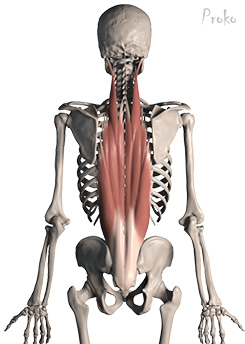
- Cumulative load theory – “This theory takes into account the total stress placed on a system over time” and suggests a load threshold exists which that when crossed leads to tissue breakdown and injury. This theory has been confirmed with the findings of “workers who develop low back pain were found to have consistently worked for more hours over their lifetimes than their pain-free colleagues.” Remember those average of 40-60 full swings/shots per round of golf? Now imagine the number of swings per week, per month, per year, and per lifetime that golfer takes…the cumulative load and force placed on the back now becomes even larger.
- Fatigue – Research has shown that the muscles along your spine called the erector spinae are fatigued by the end of a full round of golf even though no significant changes may be experienced in ball speed, carry distance, or performance. Once the large muscles become fatigued, it reduces their ability to stabilize the lumbar spine inherently increasing the injury risk and causing possible swing deficits/compensations which leads us to the next reason…
- Swing Deficits – Once fatigue sets in to the erector spinae, stabilization of the spine decreases, resulting in swing deficits/compensations and abnormal loading of the parts of the body especially the low back. There are a variety of swing deficits that have been described, but research has shown that two deficits in particular that cause increased abnormal loads to be placed on the back: side bending on the trail side of the swing and excessive trunk flexion (bending forward) during the swing. Swing deficits often occur in a non-fatigued state as well and are typically caused by stability or mobility musculoskeletal deficits.
Stay Tuned for Golf Related Low Back Pain Part 2: How to Decrease your Low Back Pain!
Don’t let pain stop you from golfing any longer, it’s time to prepare your body for golf!
Excellens Physical Therapy is now offering golf swing video analysis by Trevor Hirsch, DPT, CSCS, and complimentary 30 minute Wellness Screens!
Call or stop by Excellens Physical Therapy for more information!
302-200-9920, 34344 King Street Row, Lewes DE, 19958
References:
- M. Lindsay, D. and A. Vandervoort, A. (2014). Golf-Related Low Back Pain: A Review of Causative Factors and Prevention Strategies. Asian Journal of Sports Medicine, 5(4).
- Sorbie, G., Grace, F., Gu, Y., Baker, J. and Ugbolue, U. (2017). Comparison of Thoracic and Lumbar Erector Spinae Muscle Activation Before and After a Golf Practice Session. Journal of Applied Biomechanics, 33(4), pp.288-293.
- MyTPI. (2018). The Golfer’s Guide to Lower Back Pain – Part 1. [online] Available at: http://www.mytpi.com/articles/health/the_golfer’s_guide_to_lower_back_pain_part_1 [Accessed 29 Jan. 2018].
Pictures:
- Clarke, S. (2018).Most Common Golf Injury – Low Back Pain | BodyBalance Physiotherapy & Sports Injury Clinic. [online] Bodybalancephysiotherapy.ie. Available at: http://bodybalancephysiotherapy.ie/most-common-golf-injury-low-back-pain/ [Accessed 29 Jan. 2018].
- Prokopenko, S. (2018).How to Draw Lower Back Muscles – Anatomy and Motion. [online] Available at: http://www.proko.com/how-to-draw-lower-back-muscles-anatomy-and-motion/ [Accessed 29 Jan. 2018].

